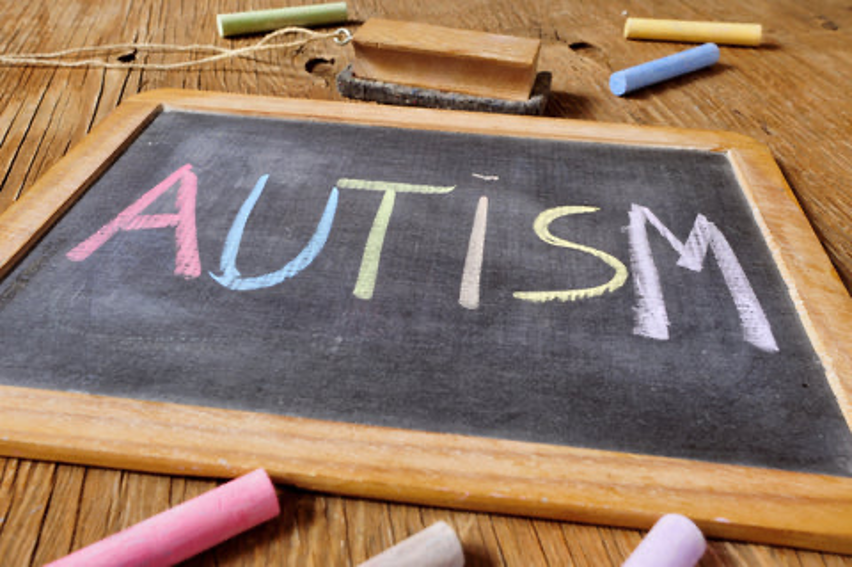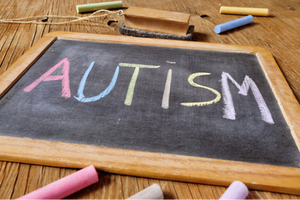Kindermark Kids Blog — Tips for Teachers

3 Classroom Tips For Starting School Year Well
Teachers, want to set up your classroom efficiently and start off your school year well for students? Here are my top 3 tips for classroom success that every teacher should know. From furniture set up to communicating expectations- here's what I've learned works best as you begin a new year.
- Kindermark Kids
- Tags: classroom new school year Teacher Tips teachers Tips for Teachers

National Autism Awareness Month
April is National Autism Awareness Month. This month represents an excellent opportunity to promote autism awareness, autism acceptance and to draw attention to the tens of thousands facing an autism diagnosis each year. The Autism Society has organized a variety of ways you can get involved, and celebrations include presidential/congressional declarations, online events and activities, local events and activities through their affiliates and partner opportunities.


